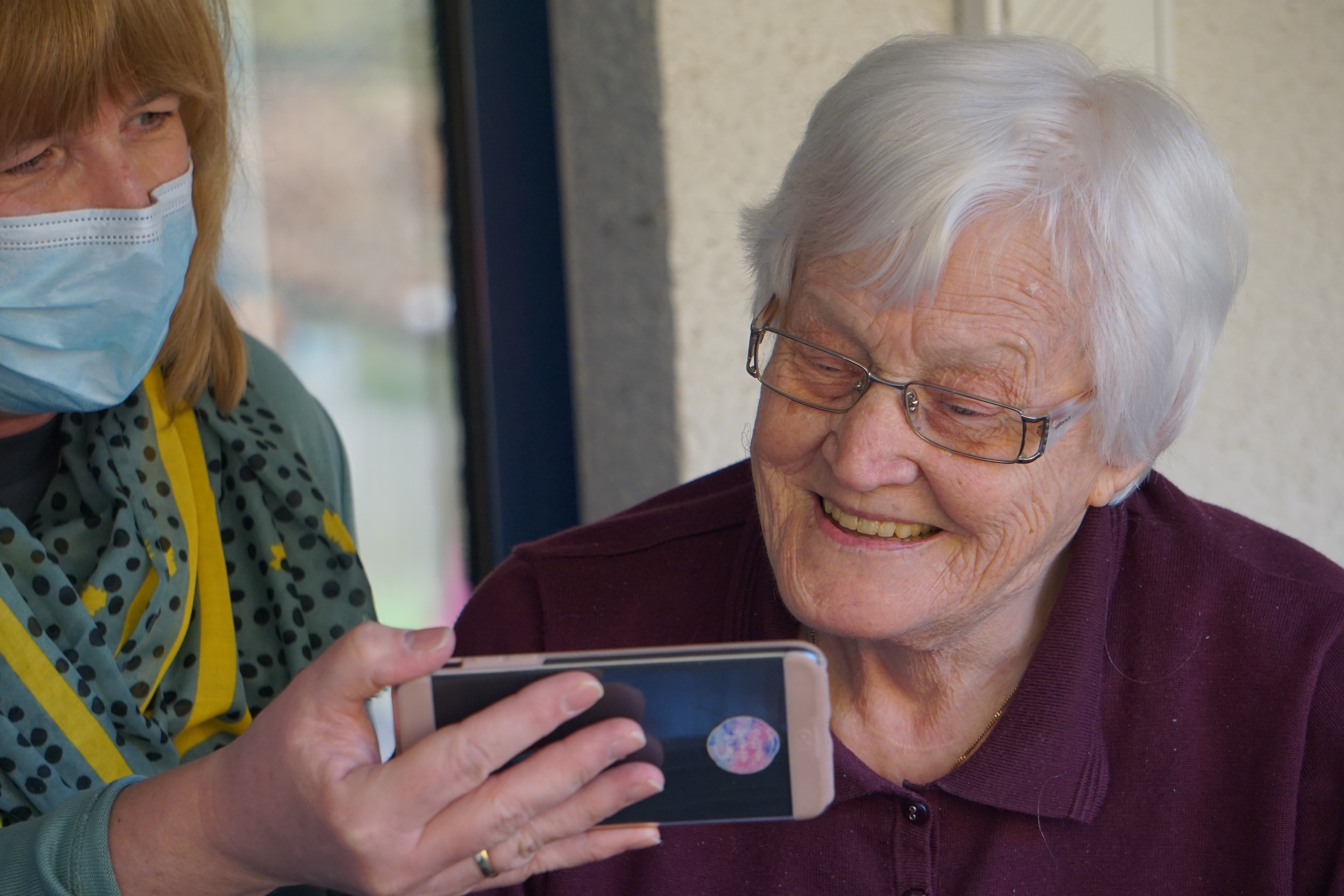
5 Ways to Stay Engaged with Your Patients
Consistently Engaging with Patients is Part of Patient-Centered Care
Caring for others is hard, even if you have chosen it as your career. There are hard days and there are really great days. There are days when you may be thinking about your own personal problems (we are all human). But staying engaged with your patients, even when you are having a bad day or are exhausted, is part of excellent patient-centered care. In other words, you don’t want to just go through the motions of patient care.
Being engaged with your patients in multiple ways shows that you truly care about them as an individual and their health. From chatting about non-medical related things to encouraging questions about care, being engaged with patients can also improve their compliance with treatment because as you engage with them, they engage back with you. And engaged patients feel a greater sense of control over their health care and tend to feel more satisfied.
The Power of Personal Connections
Don’t just talk to your patients about their care. Talk to them about the weather, ask how their family is doing, exchange funny stories from childhood. This type of communication will help you to get to know each other better and establish a more personal connection, increasing trust. When a patient trusts you, they are more likely to follow through with recommended treatment plans, ask questions and be more involved in their own health care. And because you have a chance to get to know them on a more personal level, when issues do arise, you will have a better understanding of why your patient may be feeling angry or upset. This will help you smooth out bumpy situations much more quickly and with ease.
Encourage Questions
Encourage your patients to ask you questions about their health and their care. Building trust, as stated above, can help patients open up more and ask questions, however some may not know what questions to ask. Help lead them there by saying something such as, “Would you like to discuss any side effects of the medicine prescribed?” Once the patient understands that you are open to discussing questions, they will begin to more freely ask them on their own.
Welcome Family Interest and Arm Everyone with Knowledge
Engage with your patients by giving them as much information as you can on their treatment plans, illness and so forth. But also simplify your message and eliminate confusing medical jargon. Make the information you give your patients easy for them to understand. Remember, patients who are more informed do a better job of managing care and complying with treatment. Also, understand that a patient searching the internet about their diagnosis is a form of patient engagement. Welcome family interest in the patient’s care, knowing that they can be powerful allies in patient compliance with treatment and can help fill in blanks in medical records or when the patient forgets something themselves.
Use Active Listening and Stay Focused
Being engaged with patients is a two-way street. That means actively listening to their concerns when they speak up. Maintain eye contact when they speak to you and repeat key points back so they know you were listening. Don’t interrupt the patient and let them finish what they are saying without judgement.
Don’t forget nonverbal cues as well. Not only should you pay attention to the nonverbal cues your patients are giving you, but don’t forget about the nonverbal cues you are sending them. Don’t stand with your arms crossed or with hands on your hips, and remember to smile.
Also, don’t rush through your time with the patient. Stay focused on the patient while you are there, not on other concerns. You want the patient to feel like you are devoting your attention and time to them while you are there rather than making them feel you are pressed for time.
Show Respect and Empathy
It is important that every patient be treated with dignity and respect. You want your patients to feel that they and their views are respected at all times. This pertains to ethnicity, race, gender identity, religious beliefs and more. Go the extra mile to learn a phrase in their native tongue, wish them well during their holidays and so on. This furthers trust building in the relationship and helps to bridge any gaps the patient may feel between you and them.
And of course, empathy is an important part of engaging with your patients. Dealing with health concerns can be new and scary for many patients and their family. Approach every patient and situation with kindness. When you speak, talk with heart. Be open and honest; answer questions when you can and tell them you will seek out more information for them when you can’t. Above all, patients just want to know that you care.





